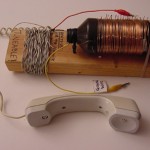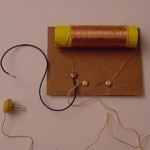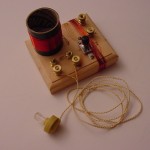What happens if you belch in Antarctica?
Truth is, part of it would freeze into a solid chunk.
In our atmosphere, every gulp of air contains about 21% oxygen. With every breath you take in, your lungs transform about 20% of that oxygen into carbon dioxide. Carbon dioxide freezes below -109 deg F, and in Antarctica, it can get below -140 deg F. Dry ice, anyone?
But you can make burp gas without using a kid. Did you know that the bubbles formed from combining vinegar and baking soda are also carbon dioxide? And when you crack open a fresh bottle of soda, that PSSST! is also carbon dioxide? And the combination of mentos and soda gives you the same thing.
What can you do with carbon dioxide? You can carefully fill a container with it and ‘pour’ the invisible gas over a lit candle the extinguish the flame. You can make a balance and see which weights more – cup of ‘air’ (an empty cup) or a cup of carbon dioxide.
What happens when you freeze the cup of air and cup of CO2? Does that change the weight measurement?
If you need more help, like how to pull together a written report and make a display board, be sure to visit our Science Fair Porject kits.
What else can you do? Have fun!






